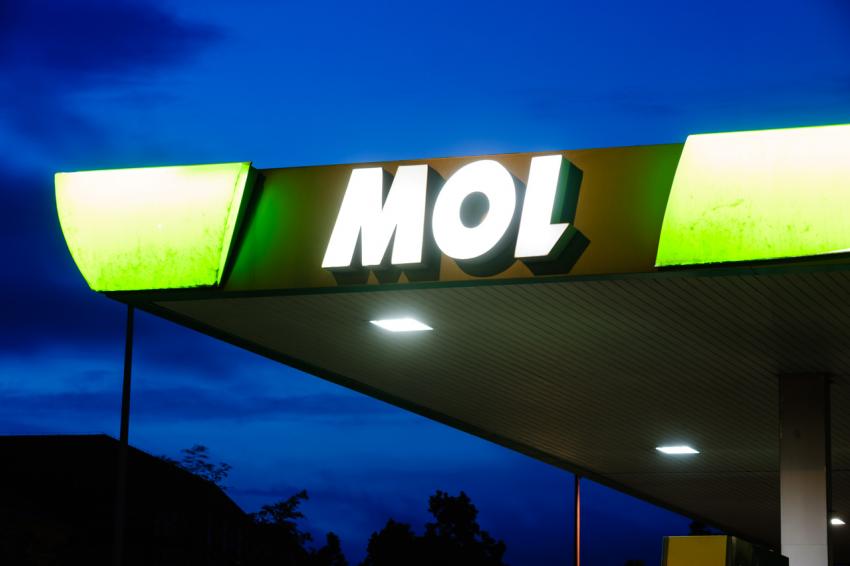MOL and Inovacat in Technology Pact
21.06.2018 -
Hungarian oil and petrochemical company MOL has formed a strategic partnership with Dutch technology firm Inovacat. The partners intend to further scale up and commercialize Inovacat’s Gasolfin technology that converts naphtha into propylene, butylenes and the aromatics benzene, toluene and xylene.
MOL said the collaboration supports its strategic objective to diversify away from fossil-based motor fuels by 2030 and become a leading chemical company in central and eastern Europe.
“A main challenge of the MOL 2030 Strategy is to increase production of value-added products, while reducing the production of fuels over the next 15 years. We are investigating technical solutions to develop our existing refining and petrochemical asset base, but we are also very interested in new technologies like Inovacat’s Gasolfin, that can potentially significantly help us meet our goal,” said David Pullan, vice president of MOL’s downstream technology & development group.
Along with supporting the next stages of development, MOL will investigate different options for implementing Gasolfin into its production facilities. The drop-in process is said to deliver propylene yields of up to 45% depending on feedstock and convert any light straight-run naphtha including pentanes, as well as being fully flexible on product output without a catalyst change-over.
Inovacat claims Gasolfin is at least 30% more energy efficient than comparable conventional processes and CO2 emissions are at least 25% lower. Investment payback unit is said to be less than 18 months.
MOL said it is continuously looking for innovative technologies that can increase flexibility and strengthen its petrochemicals footprint. The Budapest-based group plans to raise its non-fuel production in refining from 30% of total output currently to 50% by 2030. To that end, it plans to invest around $4.5 billion into its petrochemicals segment by 2030, focusing mainly on extending the propylene value chain in the next five years.





